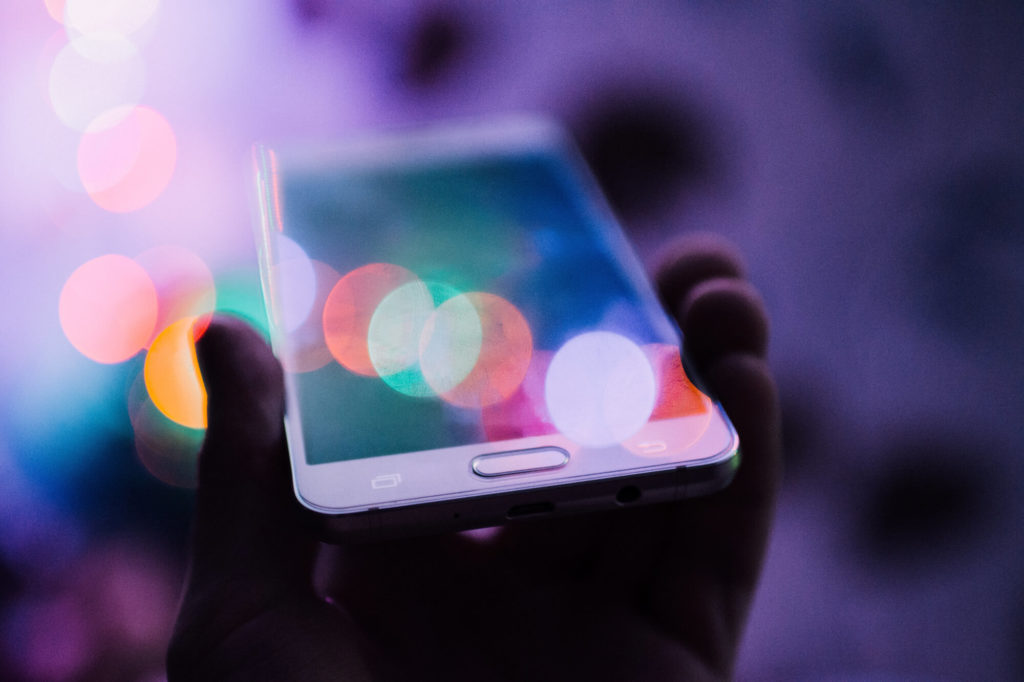Digital eye strain, also known as computer vision syndrome, is a condition where an individual experiences vision-related problems. This is especially true for those people who are quite fond of using digital devices, like a tablet, e-reader, and smartphone, etc.
What Causes Digital Eye Strain?
Advances in technology have increased the rate at which we depend on and use digital devices. Keep in mind that globally 95% of the population depends on digitalized screens at home, work and schools, or even on the go.
According to a leading technological firm, every individual spends at least 15 hours of the day, viewing high-resolution screens that emit harmful rays. This can cause eye strain.
Some individuals tend to have minor eye-sight problems, which is why they often neglect wearing protective eye-wear (such as blue light blocking glasses) while using their phones or any electronic device, which in turn exacerbates digital eye strain.
Another one of the major causes of digital eye strain are low-resolution displays, which make the focus difficult and end up causing blurred or unclear vision. Moreover, reading from a hard copy as compared to a soft copy is more beneficial as soft copies tend to have small font sizes, which can irritate your eye. And if not avoided immediately, you might suffer from cloudy vision which is difficult to treat.
Additional causes of this syndrome include poor lighting, uncorrected vision problems, poor posture while viewing digital screens, and improper viewing distance.
How is it Diagnosed?
Digital eye strain is diagnosed through a comprehensive eye examination, which includes the following procedures:
- Eye History of the Patient: Previous medical reports are considered to evaluate if the eye strain is due to the use of a digital screen or any other reason, like reading books in dull lighting or not wearing prescribed eye-wear, or avoiding medication that was prescribed last time the patient got their eye-sight checked. Finding an accurate reason is important because only then the doctor can decide the procedure to treat this eye disorder.
- Measurement of Visual Acuity: This test shows the distance up to which you can see clearly.
- Refraction: This test determines the exact lens power that will cover the distance in case your eyesight gets weak or blurry.
Usually, eye drops are not used while conducting the test to observe how the eyes respond normally. But, in some cases, patients have serious eye issues which cause the doctor to consider applying eye drops before testing the movement of the eye.
Common Symptoms of Digital Eye Strain
- Blurred vision
- Headaches
- Neck and Shoulder Pain
- Eyestrain
- Dry Eyes
How is Digital Eye Strain Treated?
Most doctors ask their patients to follow a 20-20-20 rule. In this exercise, the individual suffering from digital eye strain is asked to look at an object which is 20 feet away for 20 seconds and repeat this exercise after every 20 minutes.




